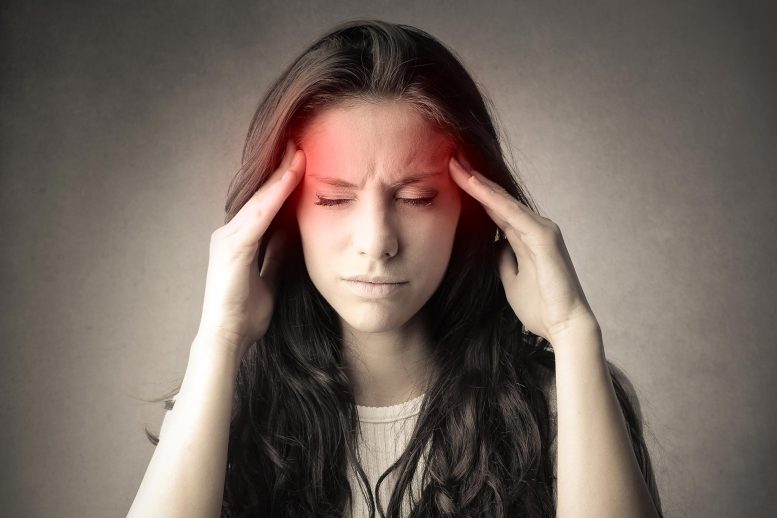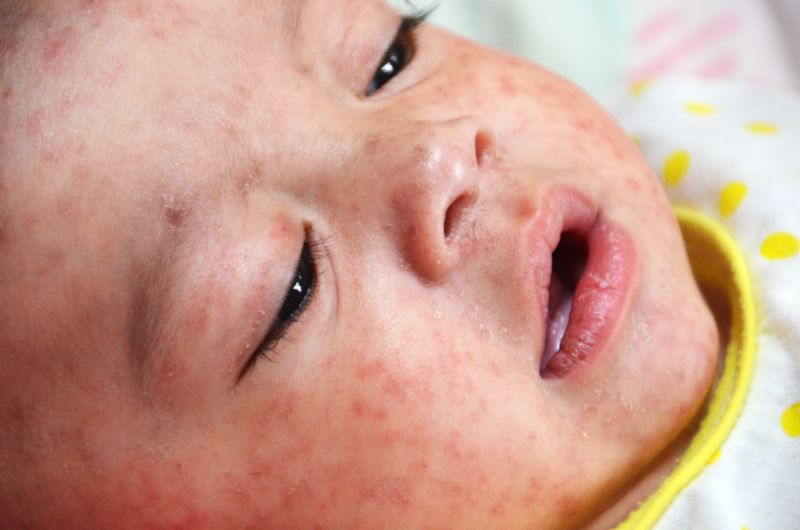Is it headache o’clock?
Migraines and cluster headaches are closely linked to the body’s internal clock, a new study found.
The report, published in Neurology on Wednesday, suggested that both types of headaches have strong correlations to the circadian system — the physical, mental and behavioral patterns that follow a 24-hour cycle.
Migraines are a recurrent type of headache that can range from moderate to debilitating pain, lasting anywhere from four to 72 hours, and affect women three times more often than men, according to the National Institutes of Health.
Cluster headaches are the most common of the primary headache type and are three times more likely to be experienced by men, the NIH reported.
Clusters also are often short-lasting and come with nasal congestion, with episodes occurring from every other day to as often as eight times a day.

A person’s circadian clock sets the timing for many important bodily functions, such as sleep cycles, hormonal activity, body temperature rhythm, eating and digestion.
The new meta-analysis — a statistical analysis using previous research — investigated the daily and yearly timing of headaches and the genes and hormones associated with the circadian clock.
Researchers found that across 16 different studies, 71% of 4,953 participants had a prominent circadian pattern of cluster headaches.

The majority of those headaches occurred during the late hours of the night to early hours of the morning and in the spring and fall seasons.
When looking at genetics, cluster headaches were connected to two of the main circadian genes, and five of nine genes had a circadian pattern.
Participants who experienced cluster headaches were found with higher cortisol levels and lower melatonin levels compared to people who weren’t afflicted by cluster headaches.
Migraines had a weaker link (50%) to circadian rhythms than cluster headaches but were still found to be influenced by the body’s internal clock in some ways.
Fewer attacks happened at night.
The recurring headaches were also connected to two core circadian genes, and 110 of 168 genes had a circadian pattern of expression.
People with migraines had lower levels of melatonin in their urine than people without migraines — and those levels dropped even lower during a migraine attack.
“The data suggest that both of these headache disorders are highly circadian at multiple levels, especially cluster headache,” explained study author Mark Joseph Burish, M.D., Ph.D., of the University of Texas Health Science Center in Houston and a member of the American Academy of Neurology.
“This reinforces the importance of the hypothalamus — the area of the brain that houses the primary biological clock — and its role in cluster headache and migraine. It also raises the question of the genetics of triggers such as sleep changes that are known triggers for migraine and are cues for the body’s circadian rhythm.”
Experts note that this research suggests that circadian-based treatments — such as taking medications at certain times of the day — should be explored for headache disorders.
The Centers for Disease Control and Prevention reports every adult should be tucking themselves in for at least seven hours per night, but it appears that many Americans are not getting that — and even if they are, it’s not consistent.
Nearly half of all American adults experience sleep deprivation, citing a misalignment of their body and social clocks.
Being off balance with the body’s circadian rhythm has been associated with a higher risk of depression, obesity, Type 2 diabetes and cardiovascular problems — and now headache disorders.
Health - Latest - Google News
April 01, 2023 at 03:54AM
https://ift.tt/uEoHBQq
Migraines, cluster headaches linked to how you sleep: study - New York Post
Health - Latest - Google News
https://ift.tt/j9aMWZo

